United States - TECHNOLOGY TRANSFER OPPORTUNITY: Thermal Stir Welding (MFS-TOPS-7)
For more information and to make a bid you will need to go to the third party website.
Details
Provided by
- Opportunity closing date
- 09 October 2020
- Opportunity publication date
- 10 October 2019
- Value of contract
- to be confirmed
- Your guide to exporting
Description
Added: Oct 09, 2019 10:56 am
NASA's Technology Transfer Program solicits inquiries from companies interested in obtaining license rights to commercialize, manufacture and market the following technology. License rights may be issued on an exclusive or nonexclusive basis and may include specific fields of use. NASA provides no funding in conjunction with these potential licenses.
THE TECHNOLOGY:
NASA's Marshall Space Flight Center is developing an improved joining technology called thermal stir welding that improves upon fusion welding and friction stir welding. This new technology enables a superior joining method by allowing manufacturers to join dissimilar materials and to weld at high rates. NASA's technology offers users an exciting alternative to state-of-the-art fusion and friction stir welding technologies.
NASA's new thermal stir technology addresses shortcomings in fusion welding and friction stir welding. Fusion welding compromises the microstructure of the material and thus lessens its physical properties. Friction stir welding is limited by the dependent heating and stirring functions when using a rotating shoulder/pin configuration. The shoulder produces frictional heat to bring the material into the plastic state and forges the welded material with extremely large forces. This forging effect requires a very robust backing anvil for support. The welding pin, inside the workpiece, spins at the same rate as the shoulder, further restricting the process. This dependent motion of the welding pin and shoulder restricts the speed of the welding process.
The thermal stir process separates the characteristic heating and matrix transformation processes of the friction stir welding process. It can use a fusion welding apparatus (laser, plasma torch, etc.) to initially melt the material. It may also use a solid state heating process such as induction resistance heating. If a fusion heating apparatus is employed to heat the material, a separate grinding/extrusion feature recrystallizes the resulting dentritic matrix structure as it transforms from the melted temperature state through the plastic temperature state.
The heat sources that melt each material of the weld joint can be independently controlled. For example, a copper/aluminum weld joint can have independent temperature control as each alloy is brought into its respective plastic and melting states. This independent melting feature is advantageous because it provides a thermal environment conducive to the joining of dissimilar metals, such as copper and aluminum or stainless steel and titanium. Because these independent heat sources are kept separate from the weld matrix transformation feature (the grinding/extrusion teeth), higher weld travel rates are possible as compared to fusion and friction stir welding processes.
Unlike friction stir welding, this technology requires no backing anvil. The apparatus used for the weld process is enclosed in a main housing, which allows for the possibility of an inert environment in the melting compartment if needed.
To express interest in this opportunity, please submit a license application through NASA's Automated Technology Licensing Application System (ATLAS) by visiting https://technology.nasa.gov/patent/MFS-TOPS-7
If you have any questions, please contact Cory Efird, Project Coordinator, Marshall Space Flight Center at cory.efird@nasa.gov with the title of this Technology Transfer Opportunity as listed in this FBO notice and your preferred contact information. For more information about licensing other NASA-developed technologies, please visit the NASA Technology Transfer Portal at https://technology.nasa.gov/
These responses are provided to members of NASA's Technology Transfer Program for the purpose of promoting public awareness of NASA-developed technology products, and conducting preliminary market research to determine public interest in and potential for future licensing opportunities. No follow-on procurement is expected to result from responses to this Notice.
- Opportunity closing date
- 09 October 2020
- Value of contract
- to be confirmed
About the buyer
- Address
- National Aeronautics and Space Administration HQ Code 210.H United States
The deadline to apply for this opportunity has passed.
Visit the
opportunities page
to find another.
